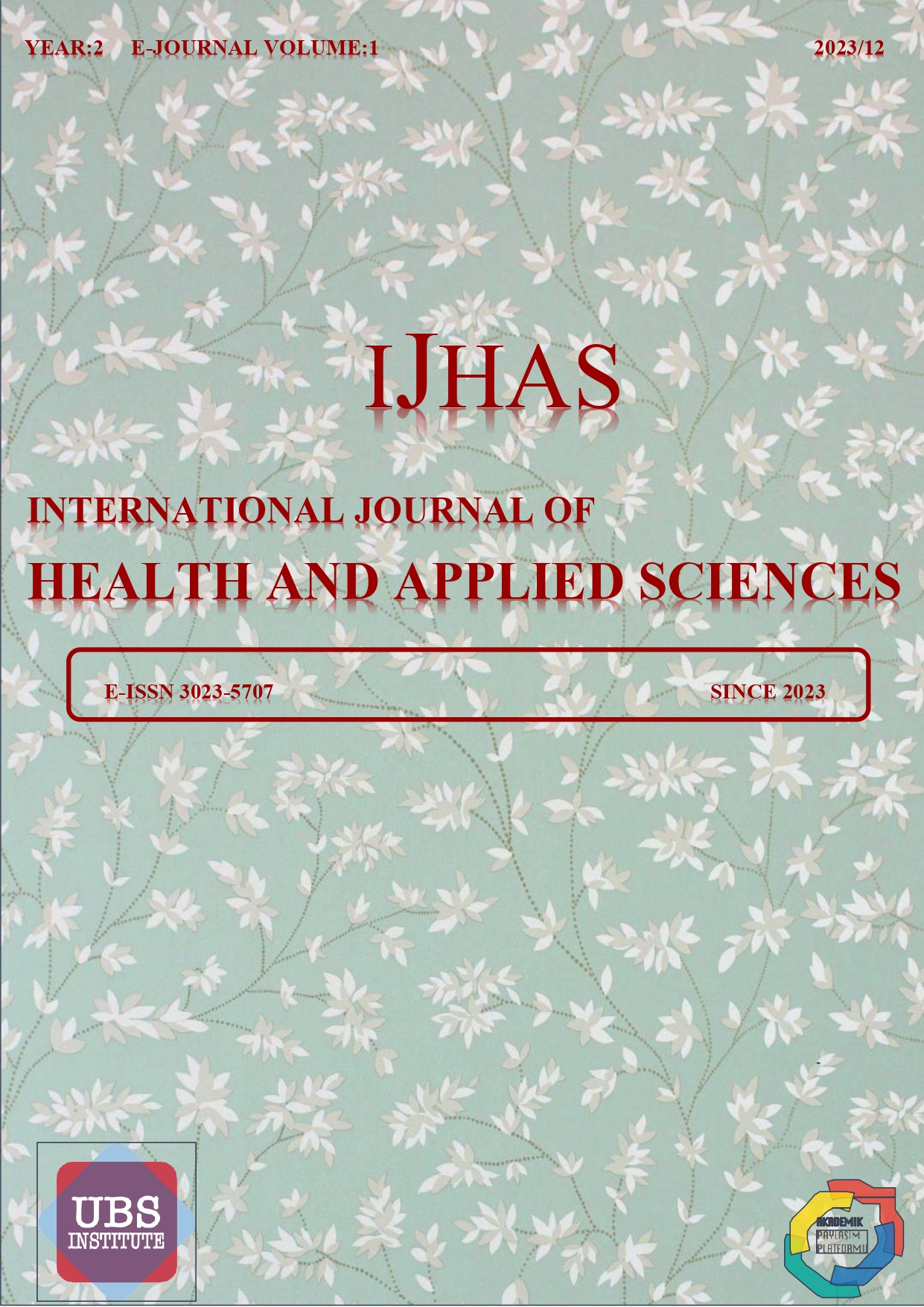COMPARING THE RISKS OF MULTIPLE PREGNANCIES WITH SINGLETON PREGNANCIES
DOI:
https://doi.org/10.5281/zenodo.10892503Keywords:
Multiple pregnancies, singleton pregnancies, perinatal morbidity, preterm birth, assisted reproductive techniquesAbstract
The prevalence of multiple pregnancies, driven by assisted reproductive techniques and delayed fertility age, has surged globally, prompting concerns about associated perinatal morbidity and mortality. In Turkey, the rise in multiple pregnancies led to regulatory measures in 2010, mandating single embryo transfer in assisted reproductive procedures, except for special cases. This paper explores the elevated risks in multiple pregnancies compared to singleton pregnancies, with a focus on perinatal outcomes such as preterm birth, hypertensive disorders, gestational diabetes mellitus, and bleeding complications during and after pregnancy.
The risks associated with multiple pregnancies intensify with the number of fetuses, leading to more severe complications. Adverse outcomes include low birth weight, early gestational age at birth, heightened rates of neonatal death, and increased neonatal intensive care unit admissions. To mitigate these risks and enhance maternal and fetal well-being, preconception counseling emphasizing the hazards of multiple pregnancies is crucial. Early diagnosis of multiple pregnancies, thorough evaluation of chorionic and amniotic membranes—especially for higher-risk monochorionic cases—and the establishment of personalized pregnancy monitoring plans are essential. Early intervention for potential complications during follow-up is imperative to minimize adverse outcomes.
References
Bortolus R, Chatenoud L, Marini A, Benzi G, Bianchi MM, Parazzini F. The epidemiology of
multiple births. Hum Reprod Update. 1999. doi:10.1093.
Woodward Kennedy Sohaey Diagnostic Imaging Fourth Edition.
Dickey RP, Lu PY, Taylor SN. Spontaneous reduction of multiple pregnancy:incidence and effect on outcome. Am J Obstet Gynecol. 2002; 186.
aylor, M. J. O., L. Govender, M. Jolly, L. Wee, ve N. M. Fisk. “Validation of the Quintero
Staging System for Twin-Twin Transfusion Syndrome”. Obstetrics and Gynecology 100,sy 6.
Schinz.el, A.A., D. W. Smith, ve J. R. Miller. “Monozygotic Twinning and Structural Defects”. The Journal of Pediatrics 95.







